Terracotta Army Museum, Xian, China
Terracotta Army Museum, Xian, China
Terracotta Army Museum, Xian, China
In 2014 while in China, we visited Xian, a legendary city. We chose a guided tour with a wonderful, English-speaking guide, Magie. We didn’t have as much freedom as independent travelers may have, but it was the best way for us. Everything was planned down to the nitty-gritty of must-see sites and must-eat foods. We visited the most beautiful sites and ate authentic Chinese food in five-star restaurants.
After three days in Beijing, we went to Xian. On our first day there, we visited Xingquing park and had a great cultural experience and a lot of fun. After one night’s stay, we departed for Terracotta Army Museum at 8am by our tour bus to get there early. It is one of the sought-after and considered to be the greatest tourist site in the world. It is a huge facility of several buildings housing the museums. Stepping inside was an amazing experience. It had such an impact to see a sculpted army of soldiers made of terracotta, all facing forward down in the trenches, each with very detailed uniform and unique facial features. Each warrior looks different because thousands of artisans hand carved each clay molded figure giving them their own individual interpretation. According to the information given, there are 8000 terracotta warriors and horses, but less than 2000 are on display. Their height varies according to their position in the army. An average soldier is 6 feet tall, while the Generals are over 8 feet tall. The figures dating from the third century BCE were molded with yellow earth, which has an adhesive quality and plasticity. The earth was ground to remove impurities. Then grit was added to strengthen its properties.
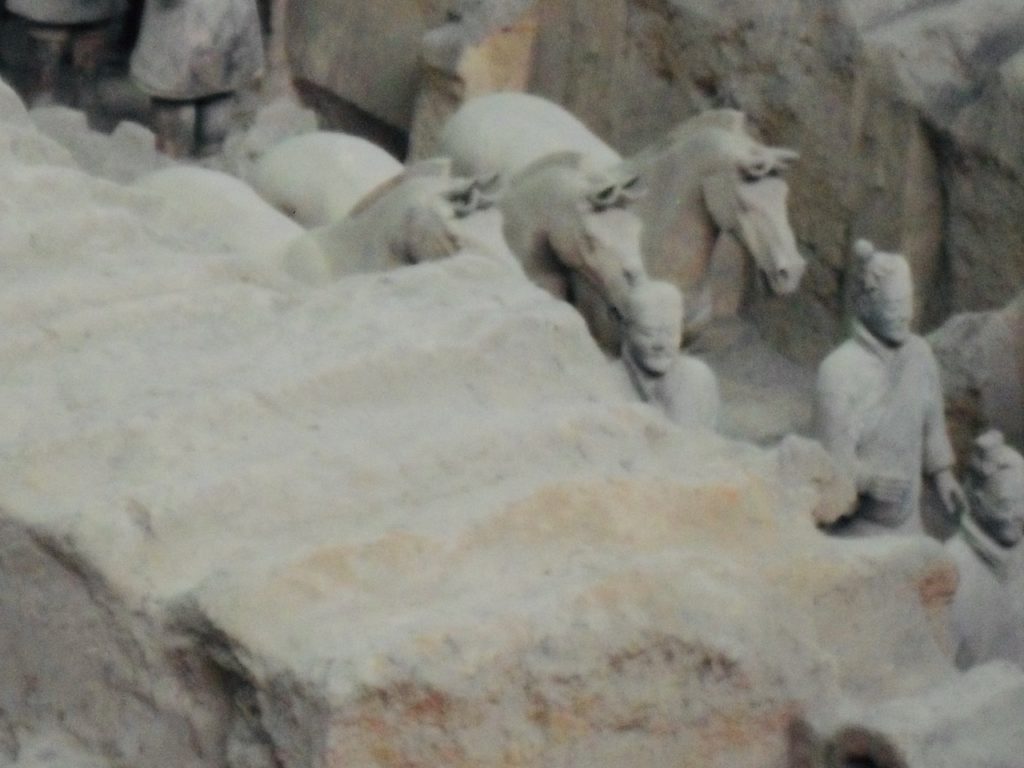
These life-size pottery figures were constructed by millions of laborers under the emperor’s order, Qin Shi Huang. The construction process involved the construction of his mausoleum together with the underground army and lasted around 40 years. 210-209 BCE (Before Christ Era). The purpose of the terracotta army was to protect the emperor in his afterlife.
Excavation and restoration were still going on in 2 of the 3 vaults. Some of the soldiers were without heads. Research indicates that all the body parts were created separately and then assembled. It is believed that heads and arms were produced in molds as separate pieces. Finer details were worked on by the artists after applying clay to the surface of the sculpture. Once ready, they were fired in kilns to make them hard and long-lasting. Bright colors were applied to make them unique. But it was disturbing to find out that all the craftsmen who sculpted these soldiers were killed as soon as they completed their work to keep the gate entrance to the mausoleum a secret and prevent the art from passing to later generations. It was a great learning experience.
This visit allowed us to learn about China’s military development in the Qin Dynasty (221-207). It was interesting to know the emperor’s belief that people could enjoy their possessions and wealth even when they were dead, something which held particular significance and meaning for the ancient Egyptians, yet those two countries had no contacts.
Furthermore, it reveals the ancient funeral art of making highly skillful sculptures which the Chinese mastered thousands of years ago. Most of all, this information provides insight and material for studying ancient Chinese civilization and its effect on the civilizations in general.
The site was discovered on March 29th, 1974. It is located about 1 kilometer from the emperor’s tomb and was buried under five meters of earth. On the farm, one of the well-diggers, Yang Zhifa, accidentally dug out ahead of a terracotta warrior with his hoe. When the museum opened in 1979, yang Zhifa became the first book signer in the museum book store as the discoverer of the Terracotta Army. In June 1998, he signed and presented a book to the former American president, Bill Clinton. Now 87 years old, Yang Zhifa was still working when we visited in October 2014. We were lucky enough to meet him.
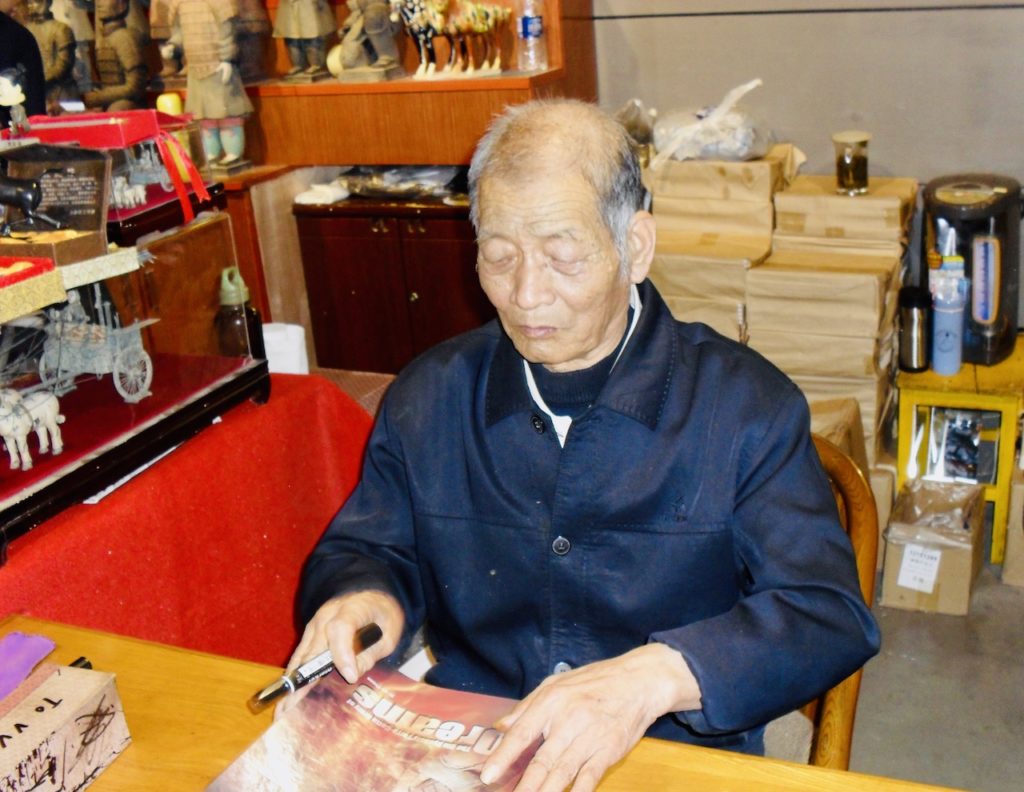
The impact of this visit on my senses is indescribable. I did not even know what we would see or what Terracotta meant until I found out that it is an Italian word meaning baked earth. They created baked clay figures of a whole army in which each soldier was astonishingly and meticulously crafted. To actually witness this magnificent, massive, and incomprehensible wonder was mind-blowing. I don’t even know if I can describe what I saw in a credible way that others could understand. Even more astounding was the fact that the emperor, at the early age of 13, was planning his own burial with all his treasures, not to mention the whole army. This was a day full of surprises and a visual journey with emotional overload.
After spending a few hours at the museum, we left and headed back into Xi’an to have lunch. We had a delicious meal where they served kung pao chicken, cabbage, and other dishes made with Schwan pepper. Its taste or tingling sensation in your mouth grows on you and is great fun to eat.


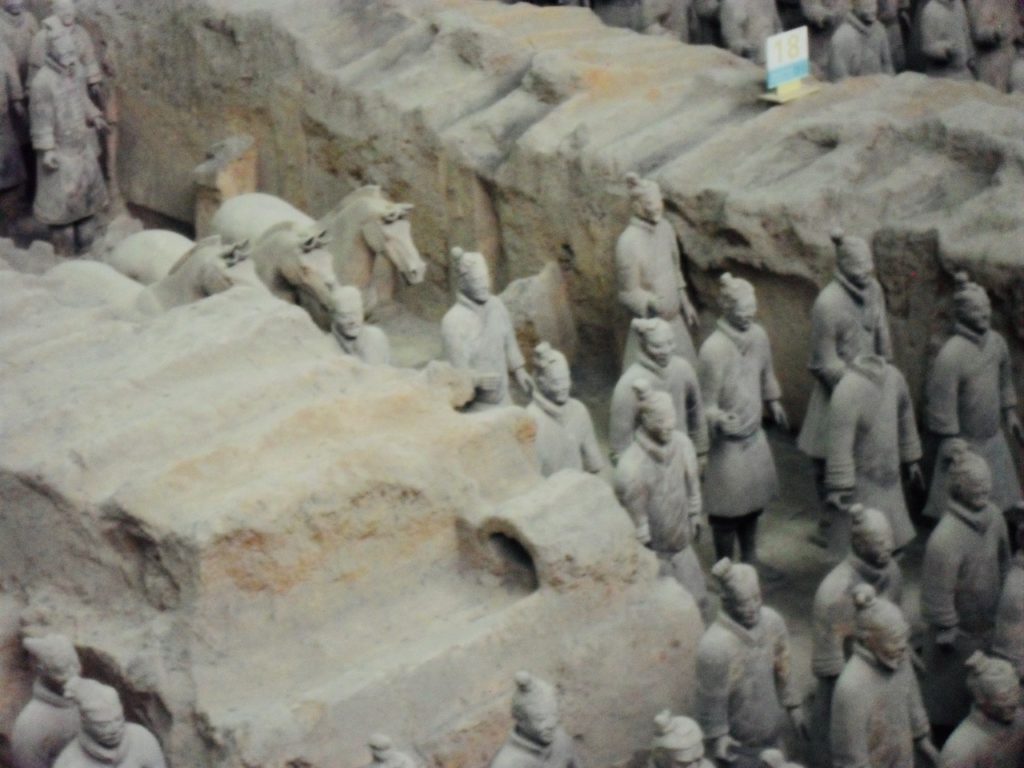
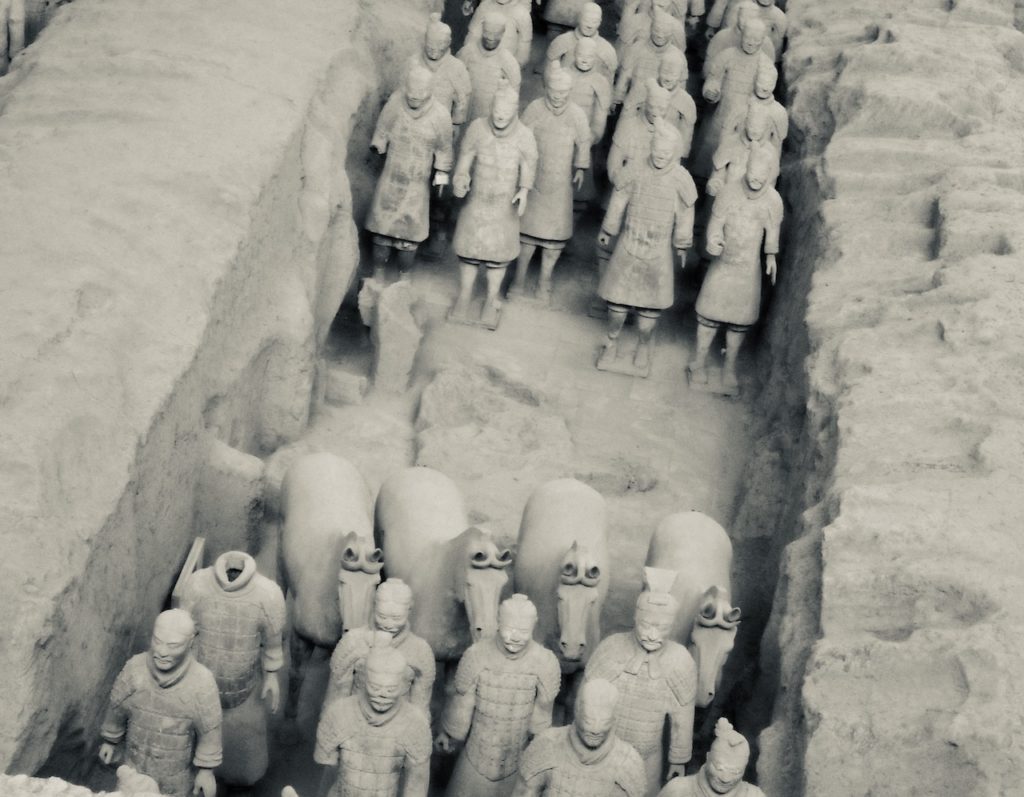

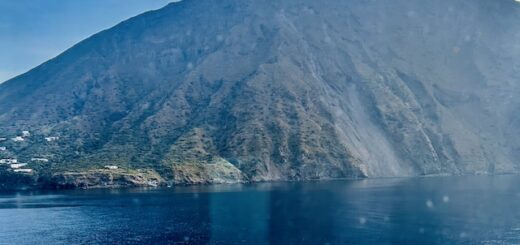
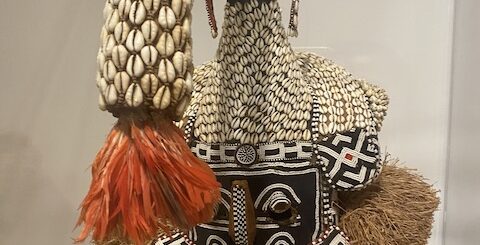
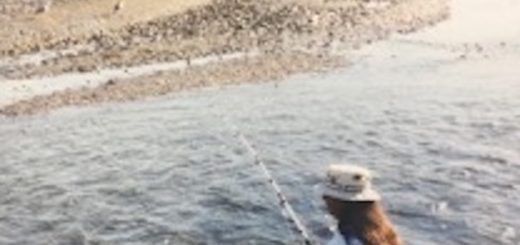
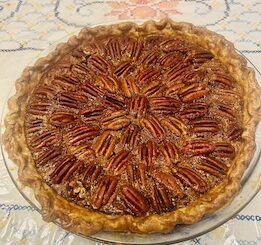

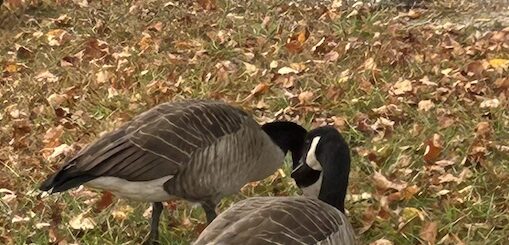
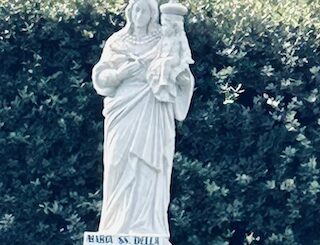
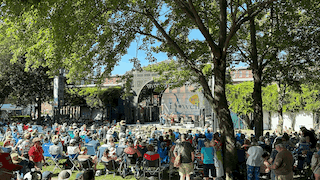
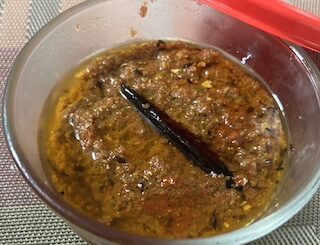
Again you put forth a blog that kept me glued to the text. At first I thought it was just another Army Museum, but “terracotta” evoked more interest, so I began to read more and more. I saw these amazing terracotta figures on TV as they were discovered in 1974, but heard no more about them. I am so pleased that you brought this marvel to the forefront . You described in great detail how these unique terracotta figures were discovered, crafted, assembled , and the dire end the craftsmen met upon completion of their work. Wow ! So very interesting and unique.
Thank you for taking me on this journey.
Thank you Xandra for your positive feedback. I loved the visit to the museum. it was a great experience. Everyone who loves to travel should add it to their list of must-see location.It is absolutely fascinating.